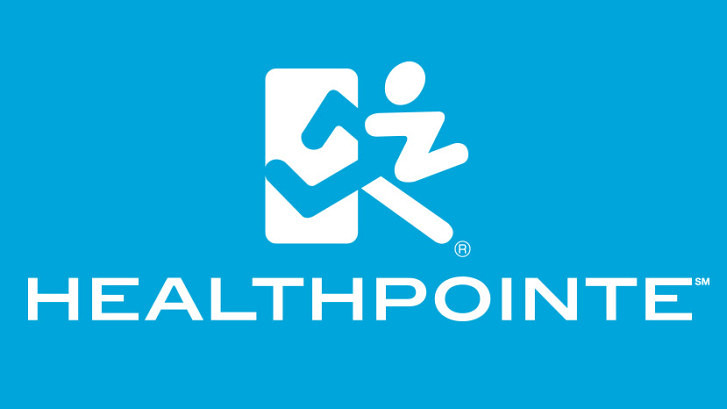Five Common Ballet Injuries
Ballet dancers may have the most graceful movements but they also have a high risk for physical injuries. Many of these ballet injuries can actually be devastating to their careers.
Fortunately, ballet injuries are treated by Healthpointe doctors and surgeons with the appropriate medications, physical therapy and surgery. Ballet dancers who are in Garden Grove as well as in its surrounding towns like Stanton, Santa Ana, and Westminster can visit its clinic for appropriate diagnosis, treatment and preventive care, to prolong their dancing careers.
#1 Neck strain
This usually happens when the choreography calls for excessive head movements, putting greater strain on the neck muscles. Your risk increases when you do not use your full spine in arching your head and neck for the movement.
Tip: Lengthen your neck so that it forms a long, graceful arch.
#2 Rotator cuff injuries
The most common injuries to the rotator cuff include tendonitis (inflammation of the tendons) and impingement usually caused by the extensive use of the arms, such as in falls for female dancers and overhead lifts for male dancers. The injuries involve tears or impingement in the upper arm tendons, which can result in painful pressure on the affected shoulder.
Tip: Be aware of your anatomically aligned mechanics during practices and performances in order to avoid ballet injuries.
#3 Lower back spasms and strains
Many improper dance techniques can increase the risks for muscle spasms and strains, and pain in the lower back. These include lifting, arching and overworking the lower back’s extensor-erector muscles with dancers afflicted with lordosis at higher risks for the condition. (Lordosis pertains to a lower back curve)
Tip: Improve core strength and adopt proper technique when dancing, two aspects that ballet masters are always emphasize to their students.
#4 Patellofemoral pain syndrome
The patella (kneecap) has a protective cartilage that absorbs the shocks from dance movements but can eventually lose said ability due to repetitive force, weak quadriceps, and tight muscles in the calves and legs.
Tip: Strengthen your core muscles as well as engage in hip abductor strength training.
#5 Achilles tendonitis
The Achilles tendon can be injured by excessive training during short periods, or by dancing on hard floors, or by putting excessive pressure on tight calf muscles.
Tip: Use Thera-Bands.
And when you are injured, be sure to work with Healthpointe professionals for your treatment.

